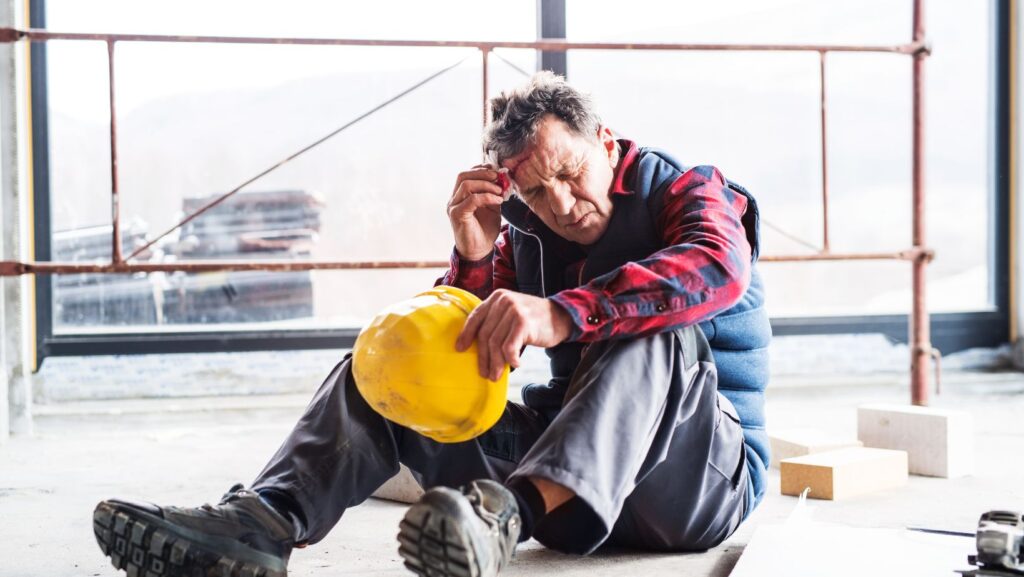Fall protection is a critical aspect of workplace safety, especially in industries like construction, manufacturing, and warehousing, where employees often work at heights. Falls are one of the leading causes of workplace injuries and fatalities, making fall protection essential for safeguarding workers’ health and ensuring a safe work environment.
Understanding the importance of fall protection not only helps in complying with regulations but also contributes to a culture of safety that benefits both workers and employers.
-
Reducing Workplace Injuries and Fatalities
One of the main causes of workplace fatalities and injuries is falls from heights. According to the Occupational Safety and Health Administration (OSHA), falls account for a significant number of accidents in the workplace every year. Implementing fall protection systems, such as guardrails, safety nets, and personal fall arrest systems, can greatly reduce the risk of falls and protect workers from severe injuries or death.
These safety measures are designed to either prevent falls from occurring or mitigate their effects by limiting the distance and impact of a fall. By using proper fall protection, businesses can prevent accidents that could lead to debilitating injuries, ensuring employees return home safely at the end of the day.
-
Compliance with Safety Regulations
Fall protection is not just a best practice; it is a legal requirement in many industries. OSHA has established strict guidelines for fall protection in workplaces where employees work at heights of six feet or more. These guidelines vary depending on the industry, but they all require employers to take steps to prevent falls and protect their workers.

Businesses may face severe fines and legal repercussions if they violate these restrictions. Moreover, a lack of compliance can harm a company’s reputation, affecting employee morale and customer trust. Adhering to fall protection regulations demonstrates a commitment to safety and can help businesses avoid the financial and legal repercussions of workplace accidents.
-
Enhancing Worker Confidence and Productivity
Providing adequate fall protection enhances worker confidence and peace of mind, knowing that they are working in a safe environment. When employees feel safe, they are more likely to be productive, focused, and efficient in their tasks. In contrast, a lack of fall protection can lead to anxiety, distractions, and reluctance to perform certain tasks, which can reduce overall productivity.
Investing in fall protection systems, along with proper training, ensures that workers know how to use the equipment and follow safety procedures effectively. This not only boosts confidence but also creates a culture of safety where employees are more likely to take proactive steps to protect themselves and their colleagues.
-
Reducing Costs from Accidents
Workplace accidents can be costly for businesses. Medical expenses, workers’ compensation claims, legal fees, and the cost of hiring and training replacement workers can quickly add up. Additionally, workplace accidents can lead to increased insurance premiums and lost productivity due to downtime.

Implementing fall protection systems is a proactive way to reduce the financial burden of workplace accidents. By preventing falls, businesses can avoid the costs associated with injuries, legal claims, and equipment damage. In the long run, the investment in fall protection will save money and enhance the overall safety of the workplace.
Invest in Fall Protection Systems
Fall protection is an essential component of workplace safety, particularly in industries where working at heights is common. It reduces the risk of injuries and fatalities, ensures compliance with safety regulations, boosts worker confidence, and saves businesses from the high costs of accidents. By prioritizing fall protection, companies can create a safer work environment, ultimately benefiting both employees and the organization as a whole.
